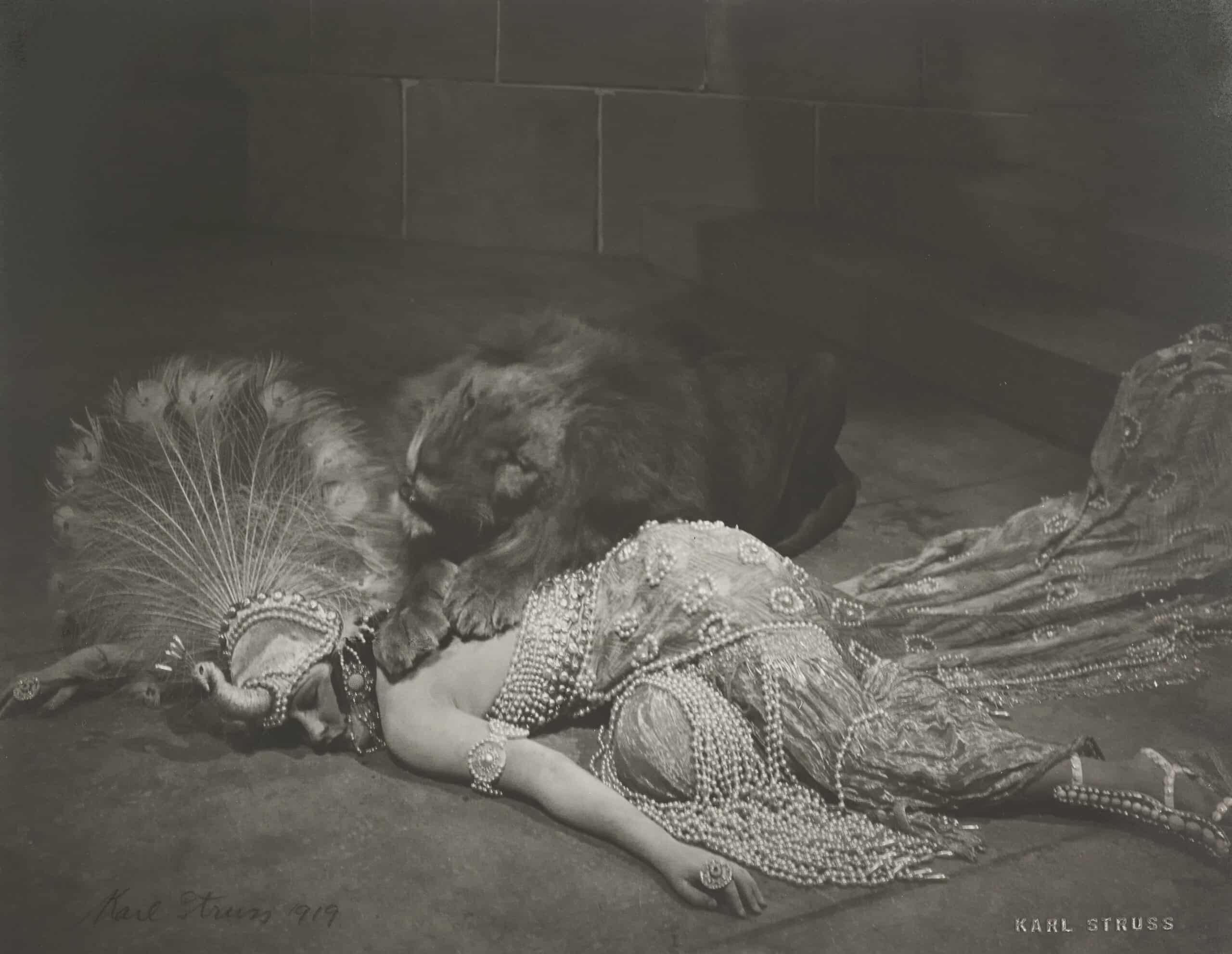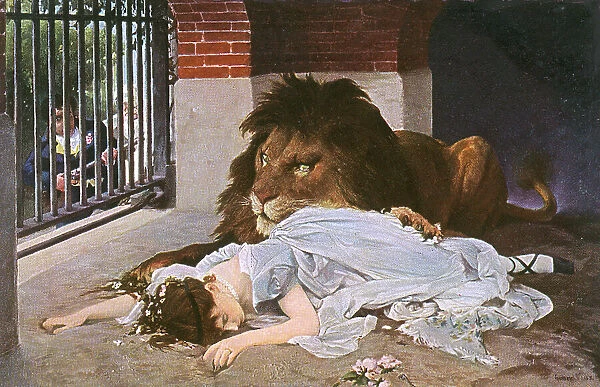Post by BunnyWhit on Aug 3, 2024 1:12:38 GMT
This week I took in a nice exhibition of Karl Struss' photography.

Moving Pictures: Karl Struss & the Rise of Hollywood.
Amon Carter Museum of American Art
3501 Camp Bowie Blvd.
Fort Worth, TX 76107
Karl Struss (November 30, 1886 – December 15, 1981) was an American photographer and a cinematographer in the first half of the twentieth century.
Struss' early career as a photographer was sparked when he took a night course in photography. Though he worked for many years in his father's factory, he was thoroughly unsatisfied with the work, and taking the photography course was his way of exploring art and expressing creativity. As Struss' interest and skill grew, he was able to begin working as a photographer and developed the Struss Pictorial Lens, a soft-focus lens. Very often Struss' work is backlit to soften the subject, and his affinity for platinum and palladium printing further emphasized this. Alfred Stieglitz recognized Struss' potential and talent, further boosting his reputation. He produced commercial photography for magazines such as Vogue, Vanity Fair, and Harper's Bazaar.
Upon leaving New York for Los Angeles, Struss initially signed with Cecil B. DeMille. He began as a still photographer then moved into the position of cameraman, then cinematographer. Some of his most well-known work was with Gloria Swanson from those early days, but rise to superstardom came with his work in F.W. Murnau's Sunrise (1927). For this film Struss won the very first Academy Award for Cinematography in 1929.

Gloria Swanson in Male and Female (1919)
The exhibit includes works from Struss' early career, his days in commercial photography, and gorgeous stills from his work in Hollywood. I was pleasantly surprised to see that they had on display not only the letter from the Academy notifying Struss of his Oscar win, but also the statuette.
You can check out a virtual tour here.


Moving Pictures: Karl Struss & the Rise of Hollywood.
Amon Carter Museum of American Art
3501 Camp Bowie Blvd.
Fort Worth, TX 76107
Karl Struss (November 30, 1886 – December 15, 1981) was an American photographer and a cinematographer in the first half of the twentieth century.
Struss' early career as a photographer was sparked when he took a night course in photography. Though he worked for many years in his father's factory, he was thoroughly unsatisfied with the work, and taking the photography course was his way of exploring art and expressing creativity. As Struss' interest and skill grew, he was able to begin working as a photographer and developed the Struss Pictorial Lens, a soft-focus lens. Very often Struss' work is backlit to soften the subject, and his affinity for platinum and palladium printing further emphasized this. Alfred Stieglitz recognized Struss' potential and talent, further boosting his reputation. He produced commercial photography for magazines such as Vogue, Vanity Fair, and Harper's Bazaar.
Upon leaving New York for Los Angeles, Struss initially signed with Cecil B. DeMille. He began as a still photographer then moved into the position of cameraman, then cinematographer. Some of his most well-known work was with Gloria Swanson from those early days, but rise to superstardom came with his work in F.W. Murnau's Sunrise (1927). For this film Struss won the very first Academy Award for Cinematography in 1929.

Gloria Swanson in Male and Female (1919)
The exhibit includes works from Struss' early career, his days in commercial photography, and gorgeous stills from his work in Hollywood. I was pleasantly surprised to see that they had on display not only the letter from the Academy notifying Struss of his Oscar win, but also the statuette.
You can check out a virtual tour here.






